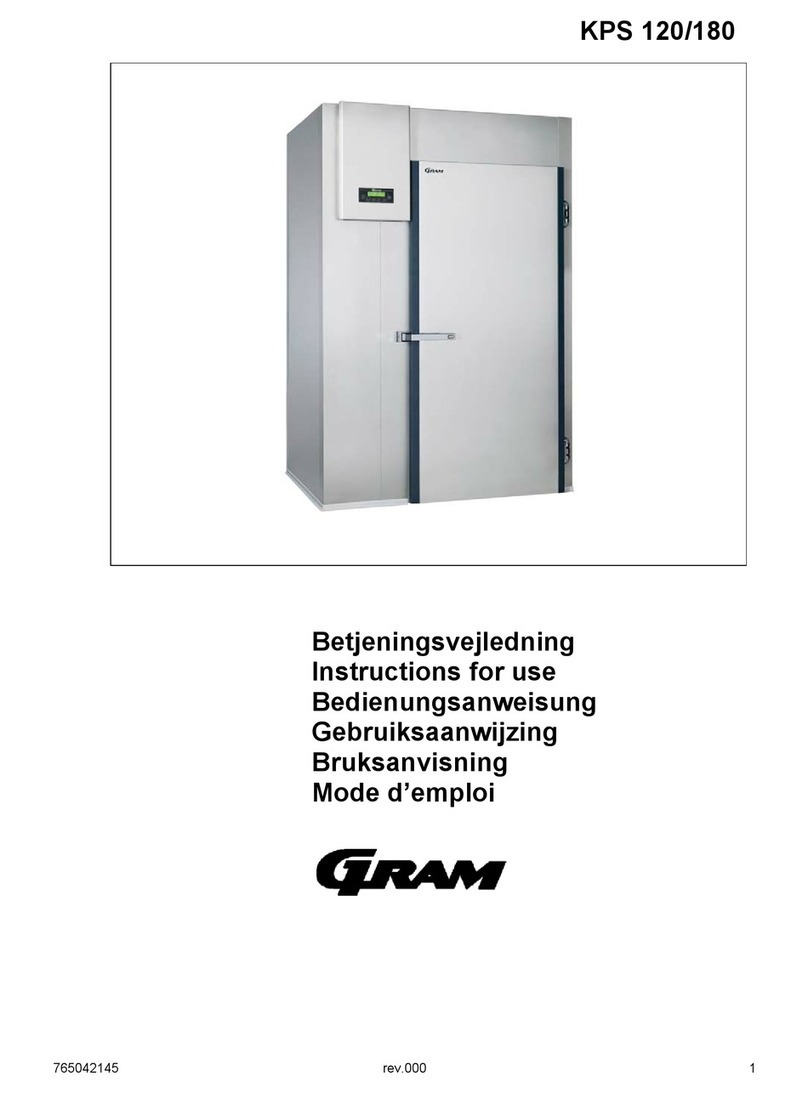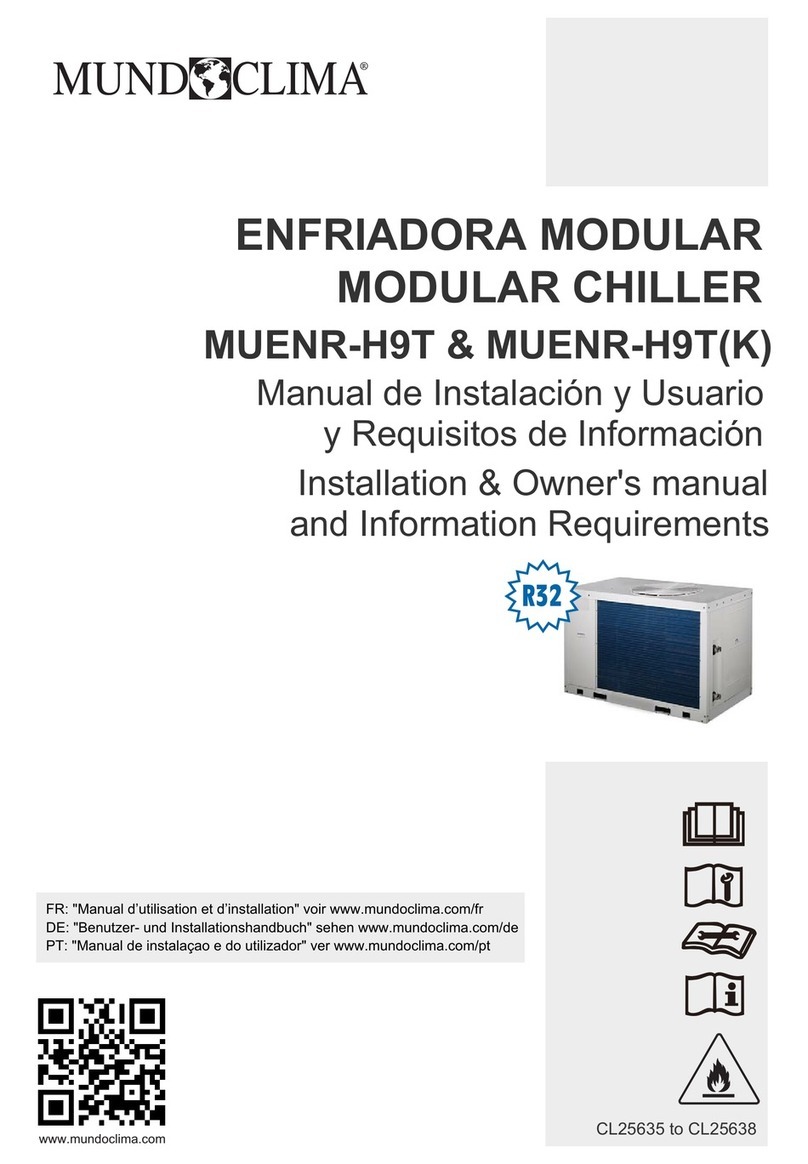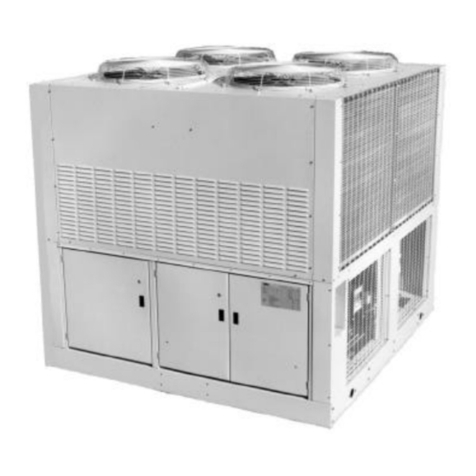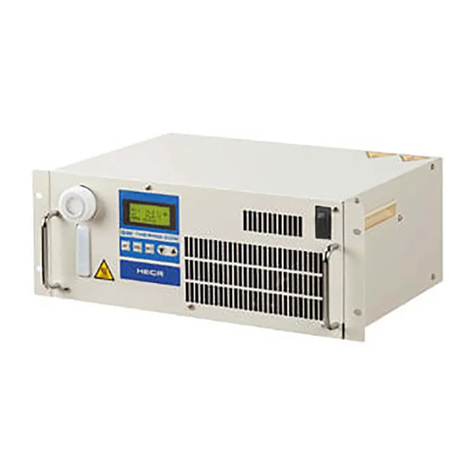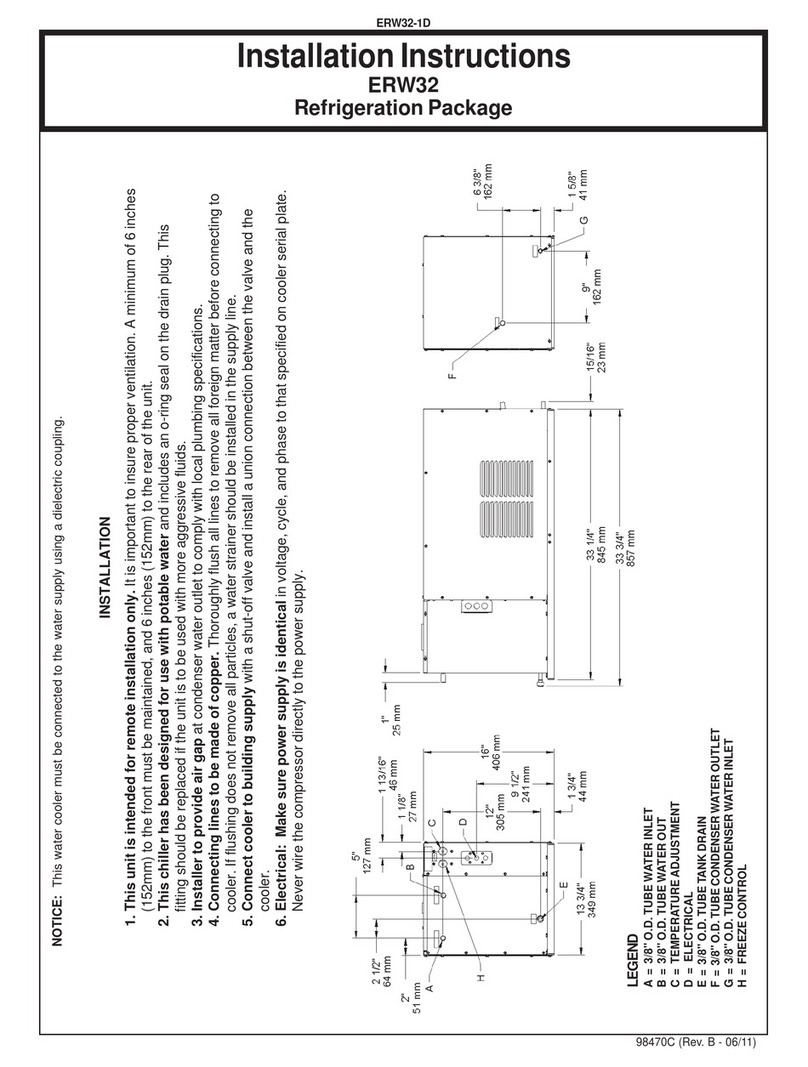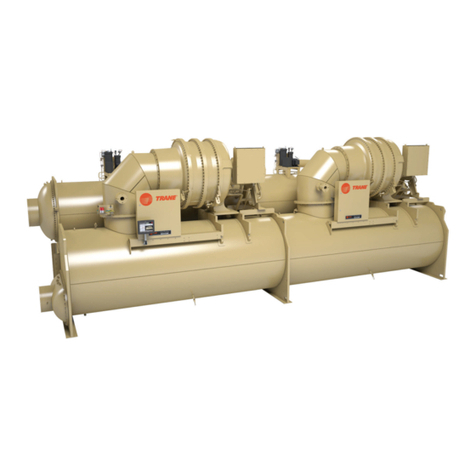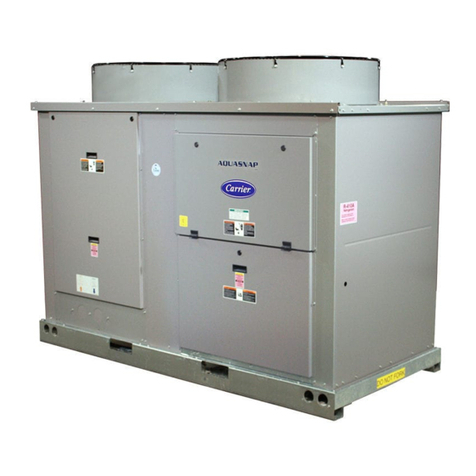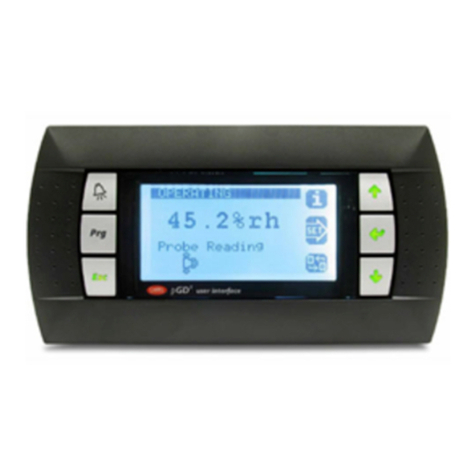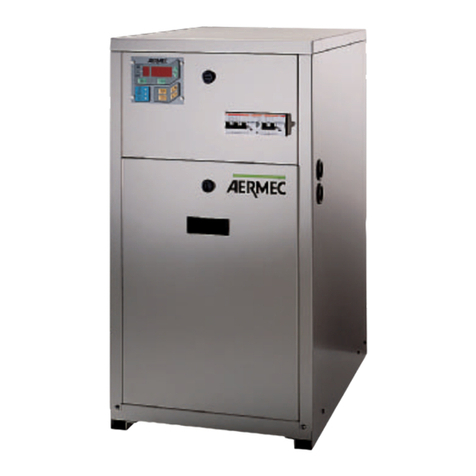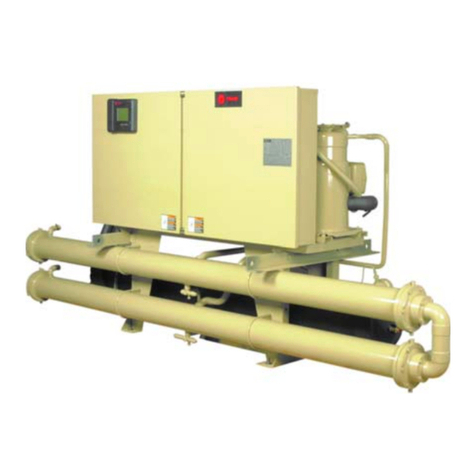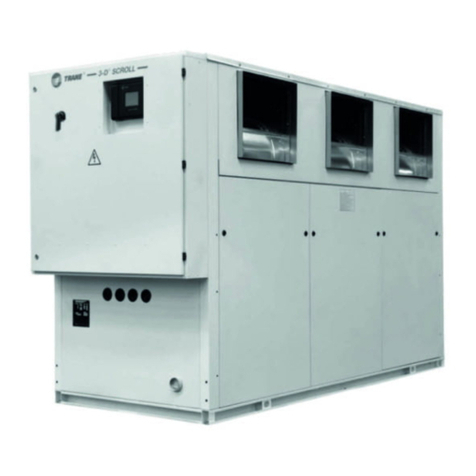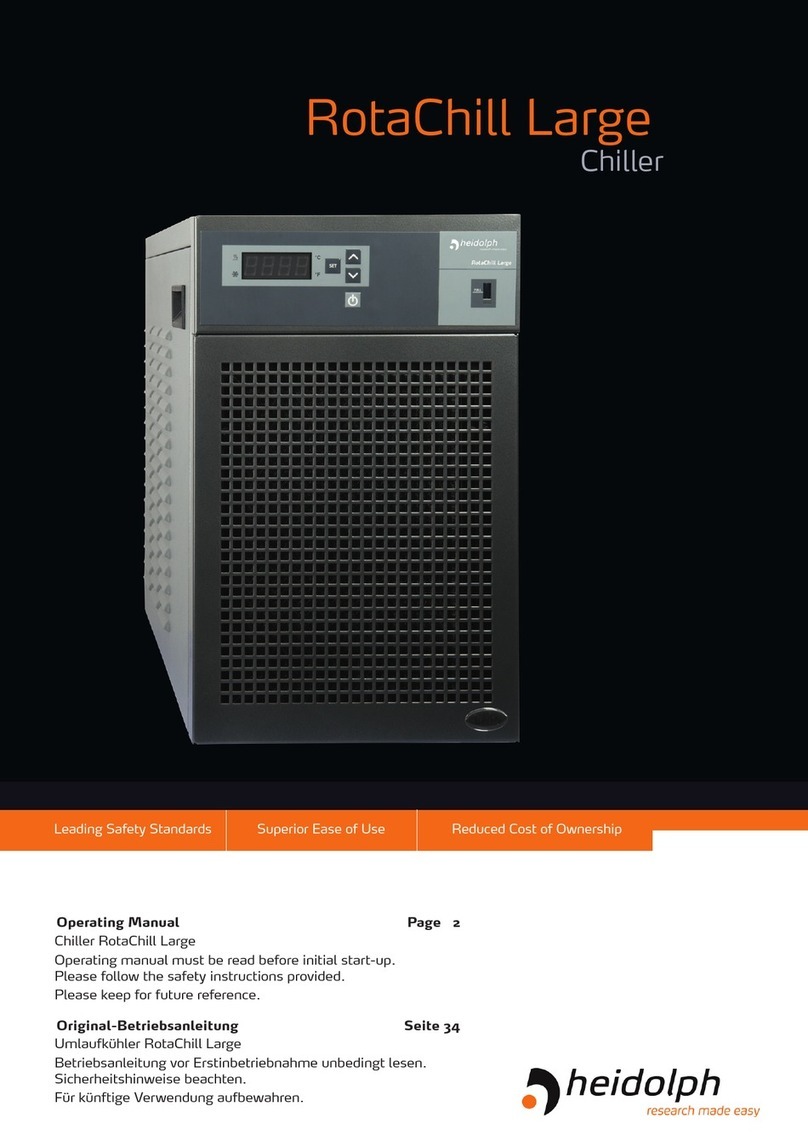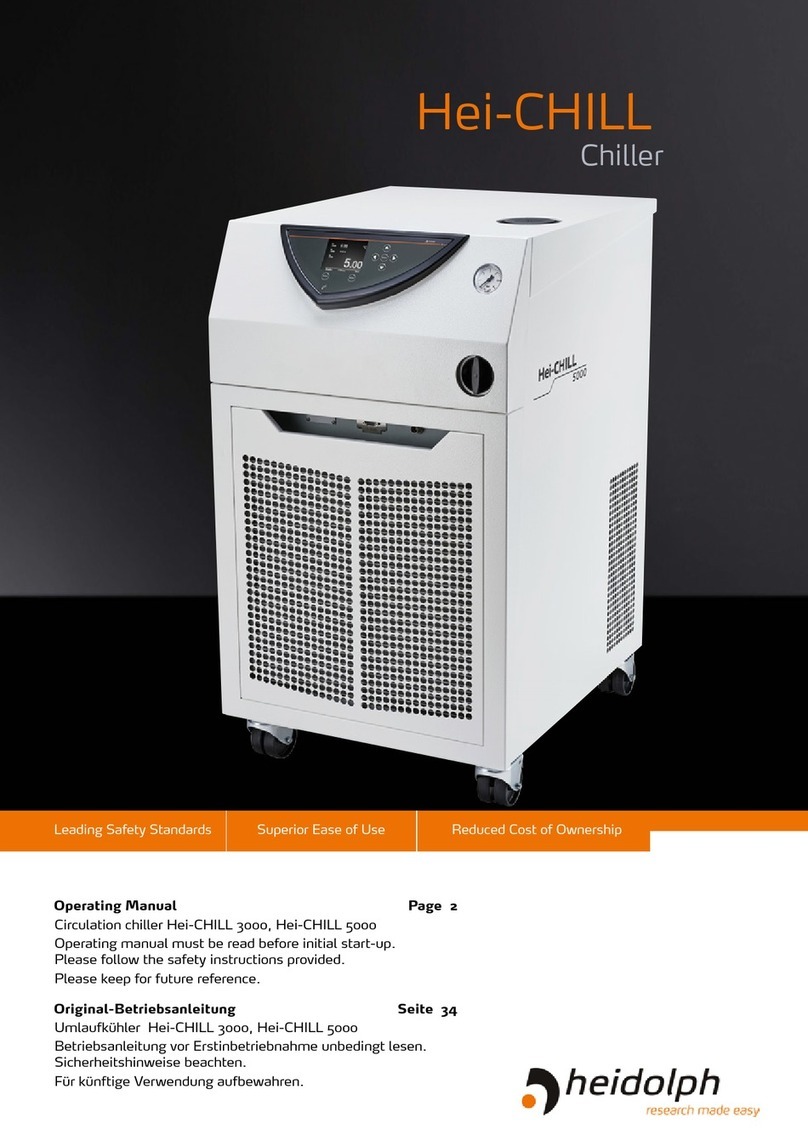
Contents
Contents
About this Document 4
Version and variants ...........................................................................................4
About this manual ..............................................................................................4
Symbols and keywords........................................................................................5
Safety Instructions 6
General safety instructions...................................................................................6
EU Declaration of Conformity.........................................................................6
Intended use...............................................................................................6
Installation .................................................................................................7
Qualications of personnel ............................................................................7
Operating company’s obligations...........................................................................8
Installation site ...........................................................................................8
Modications to the device............................................................................8
Safety of personnel......................................................................................8
Safety during use ...............................................................................................9
Disposal ............................................................................................................9
Device Description 10
Device overview ...............................................................................................10
Device overview Hei-CHILL 250 / 350 / 600 / 1200 ........................................10
Hei-CHILL control panel..............................................................................11
Start Up 12
Setting up the device ........................................................................................12
Connecting/disconnecting the power cord ............................................................13
Switching the device on and o ..........................................................................13
Filling with thermal uid ....................................................................................14
Filling for the rst time ...............................................................................15
Menu navigation...............................................................................................17
Entering the temperature setting ........................................................................18
Setting the temperature limits.....................................................................18
Setting the temperature setpoint .................................................................20
Operation 21
Overview of menu structure...............................................................................21
Temperature control operation............................................................................22
Interfaces........................................................................................................23
RS 232 interface........................................................................................23
Interface commands ..................................................................................24
Cable and interface test for RS232 ...............................................................25
Alarm output.............................................................................................26
Autostart ..................................................................................................27
Restoring the factory settings.............................................................................28
Operating Manual




















